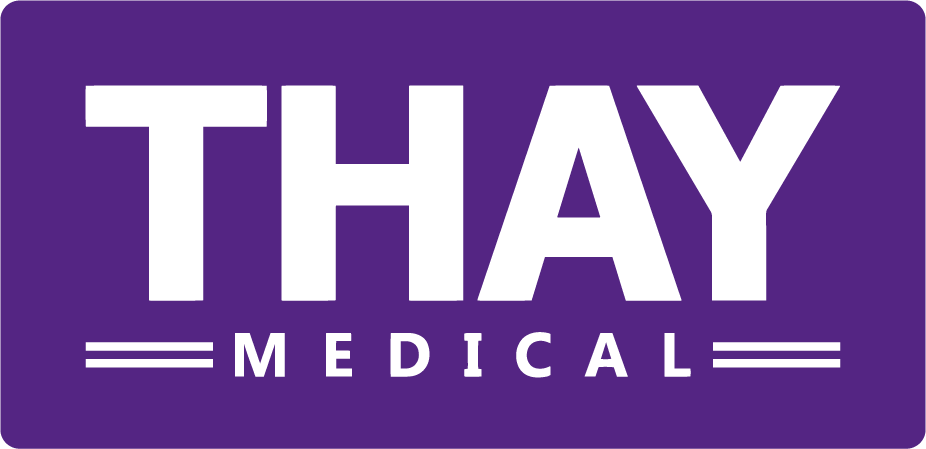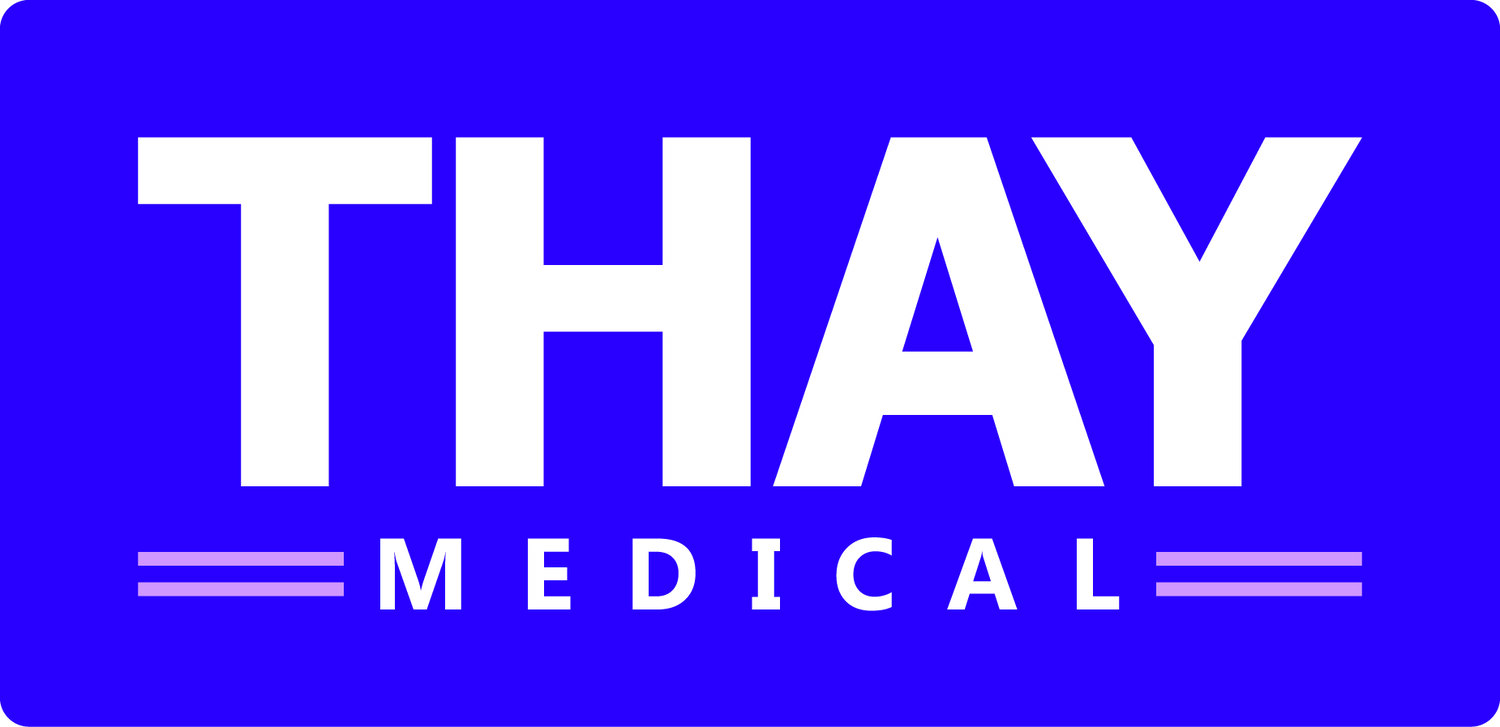Medical and Healthcare Apps – Are they medical devices?
 Traditionally, software development for medical devices focuses on machines designed specifically for a medical purpose, from portable infusion pumps to complex and large MRI scanner. Essentially, the software is programmed on a development platform, compiled and deployed to a CPU (Central Processing Unit) with the purpose of converting input commands to hardware functions. In Europe, any device that has a claim to provide a clinical benefit to the patient has to be classed as a medical device.The whole concept of a personal computer has evolved over the past ten years and what we once knew as a “PC” has now become a number of different devices. They are smaller, more portable, fit on peoples’ palms, can perform a vast number of tasks. Although the smartphone was firstly conceived as a consumer product, the software development possibilities were made almost limitless, since platforms are open for any developer, regardless the expertise and knowledge, to develop a wide spectrum of applications, including those that support and take the function of medical devices.Not long after smartphones/tablets were introduced, the miniturisation, increase of processing power and decrease of power consumption made wearable technology possible and popular, moving to the mainstream of consumer markets. The technology also incorporates a range of sensors and wireless connectivity that allows a wealth of data to be extracted, manipulated and covered to very useful information. Powerful and efficient hardware combined with open platform development is allowing developers to create apps that support or become standalone medical devices. They can be used to monitor, assist and even diagnose the health of the user. For governmental regulatory medical organisations, such as the UK Medicines and Healthcare Regulatory Agency (MHRA for short) this creates a concern - the risks associated with uncontrolled technology that takes the role of medical devices.The MHRA has just recently published a guidance entitled “Medical device stand-alone software including apps (including IVDMDs)” with guidelines about apps (and any other type software) developed for medical purposes.One of the many focuses of the guidance is to clarify what type of software is considered to be a medical device. According to the guidance, this will primarily depend on the intended purpose(s), which is what the manufacturer claims the device can do for the users. The medical purpose is assigned to the product (by the manufacturer) and clearly stated in the device’s labeling, Instructions for Use and any promotional materials, including adverts, app store descriptions, the landing page and manufacturer’s social media.The medical purposes are determined in the following categories:
Traditionally, software development for medical devices focuses on machines designed specifically for a medical purpose, from portable infusion pumps to complex and large MRI scanner. Essentially, the software is programmed on a development platform, compiled and deployed to a CPU (Central Processing Unit) with the purpose of converting input commands to hardware functions. In Europe, any device that has a claim to provide a clinical benefit to the patient has to be classed as a medical device.The whole concept of a personal computer has evolved over the past ten years and what we once knew as a “PC” has now become a number of different devices. They are smaller, more portable, fit on peoples’ palms, can perform a vast number of tasks. Although the smartphone was firstly conceived as a consumer product, the software development possibilities were made almost limitless, since platforms are open for any developer, regardless the expertise and knowledge, to develop a wide spectrum of applications, including those that support and take the function of medical devices.Not long after smartphones/tablets were introduced, the miniturisation, increase of processing power and decrease of power consumption made wearable technology possible and popular, moving to the mainstream of consumer markets. The technology also incorporates a range of sensors and wireless connectivity that allows a wealth of data to be extracted, manipulated and covered to very useful information. Powerful and efficient hardware combined with open platform development is allowing developers to create apps that support or become standalone medical devices. They can be used to monitor, assist and even diagnose the health of the user. For governmental regulatory medical organisations, such as the UK Medicines and Healthcare Regulatory Agency (MHRA for short) this creates a concern - the risks associated with uncontrolled technology that takes the role of medical devices.The MHRA has just recently published a guidance entitled “Medical device stand-alone software including apps (including IVDMDs)” with guidelines about apps (and any other type software) developed for medical purposes.One of the many focuses of the guidance is to clarify what type of software is considered to be a medical device. According to the guidance, this will primarily depend on the intended purpose(s), which is what the manufacturer claims the device can do for the users. The medical purpose is assigned to the product (by the manufacturer) and clearly stated in the device’s labeling, Instructions for Use and any promotional materials, including adverts, app store descriptions, the landing page and manufacturer’s social media.The medical purposes are determined in the following categories:
- Prevention of disease
- Diagnosis of disease, an injury or handicap
- Monitoring of disease, an injury or handicap
- Treatment or alleviation of disease, an injury or handicap
- Compensation for an injury or handicap
- Investigation, replacement or modification of the anatomy or of a physiological process
- Control of conception
Or has one of the above functions, plus one of the following and looks at in vitro data:
- Concerning a physiological or pathological state – Apps and software that are intended for diagnose, calculate clinical risk, provide clinical decisions.
- Concerning a congenital abnormality
- To determine the safety and compatibility with potential recipients
- To monitor therapeutic measures
Although a number of applications, even when used for a medical purpose, are not classified as medical devices, in particular If they only have one or more of these functions:
- Patient medical education
- Monitors fitness/health/well-being.
- Professional medical education.
- Stores or transmits medical data without change.
- Software that provides reference information to help a Healthcare Professional to use their knowledge to make a clinical decision.
- Software that is used to book an appointment, request a prescription or have a virtual consultation is also unlikely to be considered a medical device if it only has an administrative function.
- Data or databases for storing data
The above does not only apply to apps, but to all forms of software. The definition of “software” according to the HMRA is – “A set of instructions that process input data and creates output data”. Medical software is not only restricted to bespoke software, but to standard off-the-shelf applications that serves that function, such as spreadsheets, e.g. a Microsoft Excel spreadsheet that calculates Glomerular filtration rate. However, the Excel application itself is not categorised as medical software.Generally speaking, decision support software is usually considered a medical device when it applies to automated reasoning such as a simple calculation, an algorithm or a more complex series of calculations. This includes instances were apps as are developed as accessories of medical devices. These apps, are used to remote control or monitor medical devices.The guidance also mentions about some particular types of software that are not classified as medical devices, as they may appear to be medical, but only have non-medical functions. Non-medical purpose apps are those used for monitoring of general fitness, general health or well-being. They are also used for decision support, such reproducing a paper document in digital format, which just follows a path or procedure/treatment and does not involve decisions, which are instead made by the healthcare professional.As far as usability and human factors are concerned, app development for medical devices requires the same amount of attention as any other medical device or combination of device and app. Because of the array of digital companies developing these types of applications, it is important that the intended purpose(s) is clearly defined and understood, to be a medical device or not. It is essential that usability testing is applied in the whole process, since this will ensure the risks to the user/patient are eliminated, or at least minimised.From healthcare professionals and patients, the use of a smartphone or tablet in combination with a medical device is still perceived as disruptive and an in many cases unwelcomed or untrusted. Therefore, whenever a manufacturer invests in this technology to support or create a complete new service, it is crucial to apply human factors and usability research right from the start of the development, since this will substantially increase the chances acceptance by its intended users, as well as facilitating the CE marking process. The key aspect to focus upon is use safety – ensuring that the software is usable and creates the correct clinical decision, assuming the software is a medical device. If it is not, then safety may be determined to be of lower importance, but nevertheless, its usability is still essential. At the crux of it, users will not use the software if it is not easy to use and usable. Complex apps and software may be the only way to complete tasks, but their uptake in the market will be limited unless they have essential usability and safety.More details can be found in the guidance on the FDA website.https://www.fda.gov/ucm/groups/fdagov-public/@fdagov-drugs-gen/documents/document/ucm536959.pdfIf you have any questions, please do not hesitate to contact THAY Medical. We would love to hear from you.The staff at THAY Medical

